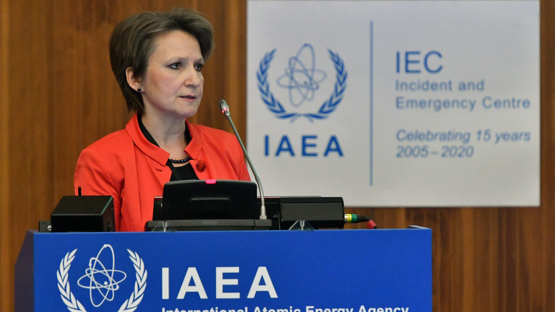Elena Buglova, Director of the IAEA Division of Nuclear Security since the start of the year, has always had deep interest in science. Growing up in what is today Belarus in a family with a medical background – her father a scientist and her mother a medical practitioner – discussions on medical topics, both the science and the practice, made regular dinnertime conversation.
“Topics ranged from new treatment protocols to scientific investigations and experiments on hematology and transfusiology, including the influence of chemical compounds and radiation on the blood conditions,” she recalls.
Buglova found radiation science fascinating in these discussions, and this fascination has continued to drive her engagement in ongoing scientific research. “I had a deep interest in finding out more about radiation, and that led to my specific research as a student on individual sensitivity to radiation depending on specific blood parameters,” she says.









